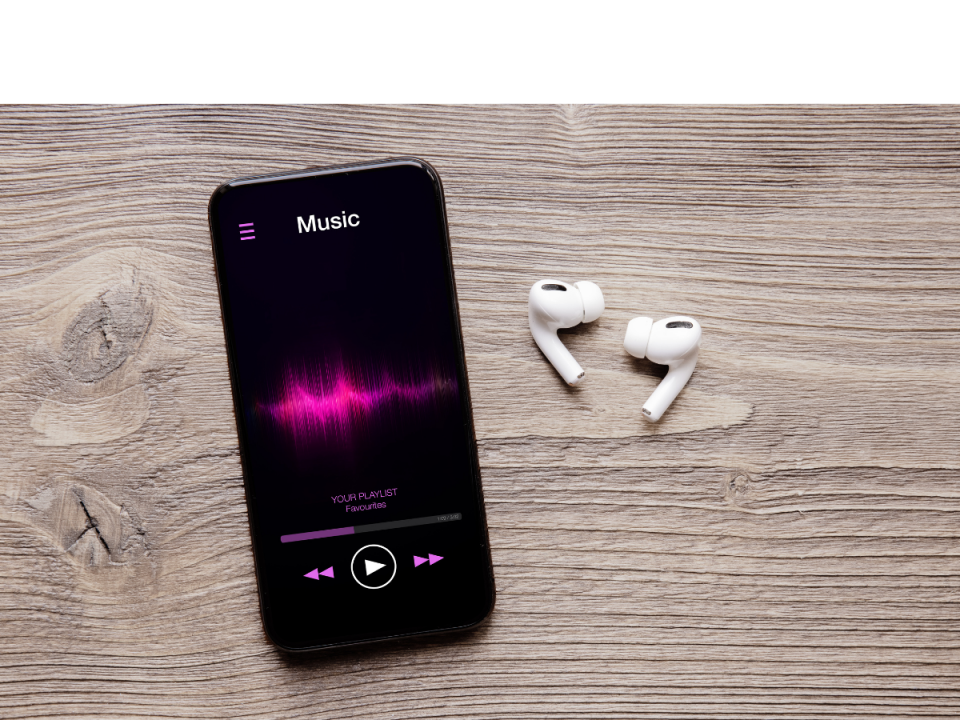From 2023 to 2027, the headline rate for songwriters and publishers in the United States for mechanical streaming royalties will increase – gradually — to 15.35% of total income.
The National Music Publishers’ Association (NMPA), the Nashville Songwriters Associations International, and the Digital Media Association jointly announced the “Phonorecords IV” settlement on Wednesday, August 31.
But how fast and for how long will it take to get there? What more circumstances exist? Billboard now has additional pertinent information regarding the agreement.
The headline rate will rise from 15.1% of revenue in 2023 to 15.2% in 2024 and then a half-percentage-point increase in each of the following three years, peaking at 15.35% in 2027, the final year of the term, according to the new settlement agreement, which the NMPA claims will set the “highest royalty rate in the history of streaming anywhere.”
The total content cost (TCC) component of the rate formula will be set at 26.2% of what is paid to labels over the course of the period for standalone portable subscription products like Spotify, or $1.10 per subscriber, whichever is lesser. These figures were 21% of income and 80 cents per subscription earlier.
As a consequence, the generated TCC pool is calculated using the entire service income. The “all-in” pool, which includes both performance and mechanical royalties, is whatever is bigger. After determining this, performance royalties are removed, leaving just the mechanical royalties.
The next step is to compare the resulting mechanicals to a pool that is created by increasing the total number of customers to a streaming service by 60 cents per subscription.
The greater of these two sums determines the mechanical royalties pool that is ultimately distributed to publishers and composers. The multiplier had previously been set at 50 cents per subscriber for the previous ten years.
David Israelite, president and chief executive officer of the NMPA, and Garrett Levin, president, and chief executive officer of DiMA, informed Billboard in a joint phone call that the headline rate is now set high and is likely to become the dominant factor in determining the overall rate for services.
The settlement also saved both parties millions of dollars in litigation expenses that the Copyright Royalty Board (CRB) rate finding would have otherwise required them to pay.
The majority of the parties to the court settlement have now accepted the deal. It will be published on the CRB website and subject to an interested parties’ feedback period.
After this time has passed, the CRB must still approve the settlement, making sure it complies with all applicable copyright regulations.
